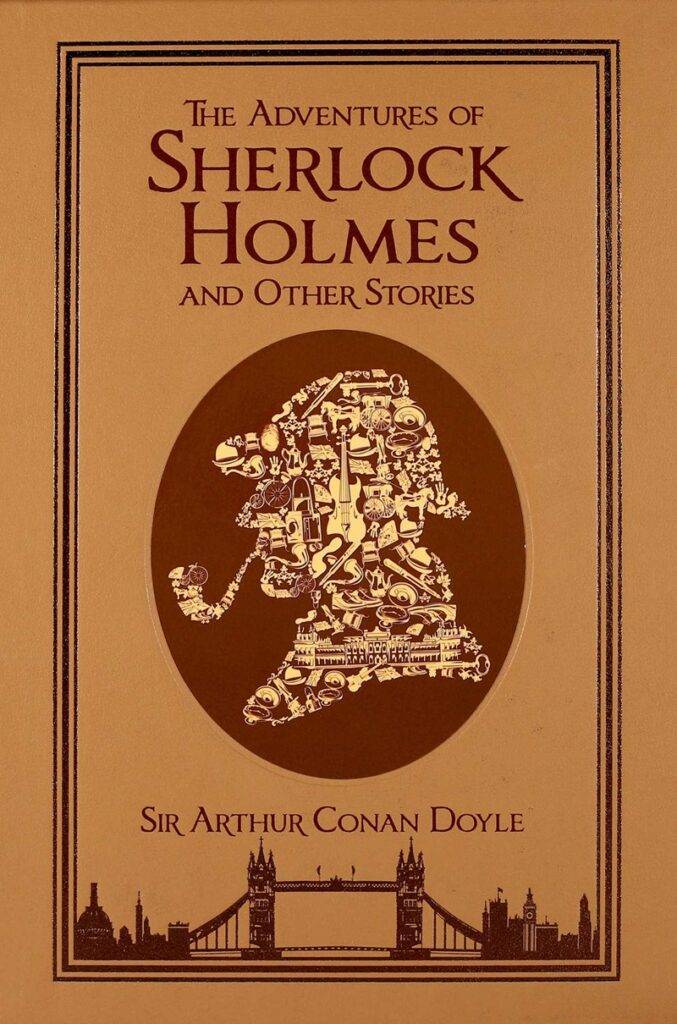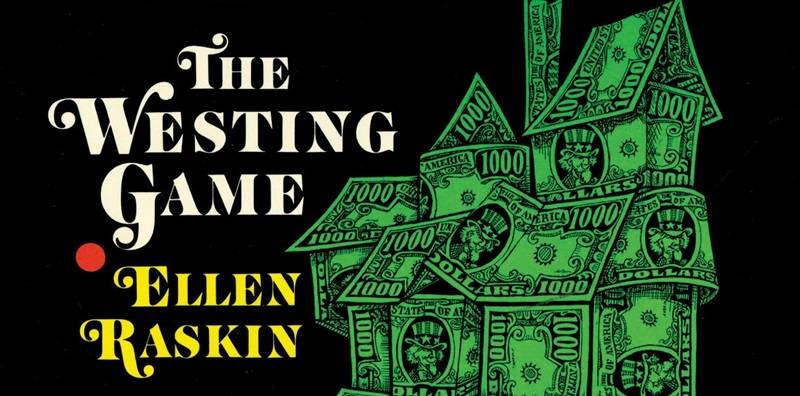With the perfect blend of intrigue, suspense and thrill, the genre of mystery fiction hold your attention for an unlimited time. But the way this blend is presented changes with each book. And that depends not only on the author and their writing style but also on the tropes used. That’s right! This shifty genre also has a ton of tropes, peeking through the mystery stories.
These tropes may sometimes come across as cliché, leading to some of those being parodied. However, they help push the suspense up a notch if the author uses them well. And what is better than reading a mystery novel filled with the best tropes? Literally nothing.
-
Incompetent Authorities and Adults:
You must be familiar with this trope in many children’s mystery series, such as the Secret Seven (Enid Blyton) or the Three Investigators (Robert Arthur, Jr.). These little kids find out about the mystery or crime that has taken place recently and take matters into their hands. Why? It may be because it’s a cold case, the authorities’ efforts are inadequate, or they are simply incompetent. These authorities (and parents, too) play a small role in the narrative, whatever the reason. And the responsibility to dig up the mystery goes to the protagonist – who solves it flawlessly.
Though it is more prevalent in children’s books – because children love to see same-aged protagonists be heroic – there are several mystery novels with this trope. But if these novels motivated you to solve mysteries, just do it without breaking the law (unlike the protagonists!).
Examples: Literally any Children’s mystery books, A Series of Unfortunate Events (Lemony Snicket), Animorphs (K. A. Applegate, Michael Grant)
-
Alibis:
Alibis are one of the most critical factors in any mystery, especially in a murder case – not just in real life but also in fiction. If you don’t know, alibis constitute the details about a suspect’s whereabouts and actions when the crime occurred. If the crime happened at an X place and the character was at Y place (with proofs), then they have a strong alibi.
In any mystery novel, you can see characters presenting alibis; they are often fake. It doesn’t necessarily mean they have committed the crime; maybe they were doing something that is embarrassing or meant to be kept a secret. Nevertheless, the detectives are led on a wild goose chase while the readers turn the pages as quickly as humanly possible.
If you want a known, seen example, take the fake alibi of Brooke Windham in the movie Legally Blonde. She accepted going to jail instead of giving her actual whereabouts during the crime. Now imagine scenarios like this, but in novels – that’s what this trope is all about.
Examples: Fake Alibi (Leigh Russell), Last Sacrifice (Michelle Reed), His Perfect Alibi: The Thinking Machine (Jacques Futrelle)
-
Fake Death:
The Fake Death trope is where the story revolves around the character who has faked their death. There’s no indication that it is fake at the start; this fact is uncovered slowly as the plot progresses. Also referred to as pseudocide, this trope induces a kind of anticipation where readers either want the character to be caught (if written from the detective’s point of view) or want them to be hidden forever (if you start sympathizing with the character).
For example, in Amish’s Shiva Trilogy, Brahaspati stages his own death in the first book to work on potentially dangerous research without anyone’s meddling. That’s just one of the many reasons these characters ‘die’ and then disappear off the face of the earth. It can range from stalkers and seemingly permanent personal problems to identity fraud and… really, whatever you can think about.
It indeed is a Michael Jackson-worthy trope, isn’t it?
Examples: Pretty Little Liars (Sara Shepard), Gone Girl (Gillian Flynn), Sherlock Holmes novels (Arthur Conan Doyle)
-
Everyone involved is Guilty:
Imagine a crime scene where someone is dead or in a state where they cannot explain what happened to them. The police suspect a list of people close to the victim and have to pinpoint the perpetrator. But as the mystery unfolds, the police realize that everyone has contributed to the victim’s state. In simpler words, everyone is guilty – and it is such a fun, exciting read!
This trope is full of close calls, frustration, and tense reveals – a perfect recipe to keep the mystery alive till the very last word. If written correctly, even the readers – alongside the authorities – are left trying to pin the crimes on one person. And that makes the end reveal of ‘everyone did it’ more climactic (and satisfying).
Examples: Thirteen Reasons Why (Jay Asher), Murder on the Orient Express (Agatha Christie), Pictures of Perfection (Reginald Hill; can be considered as this trope’s parody)
-
Red Herring:
There is no fun in reading a mystery where the culprit makes it too easy to catch them. And that’s where the Red Herring trope comes into play. It is when the author plants false clues and misinformation all over the story to mislead the investigator/protagonist. This trope drapes false security over the readers throughout the narrative, with the end squashing all the readers’ thoughts and theories in one go.
Alternatively, the criminal can also purposely let themselves get caught by the authorities to throw them off their trail. And who will suspect them if they seem all innocent and have their plausible excuses (read: alibi) ready? More often than not, the authorities end up letting the criminal go – and regret the action later. While this may seem synonymous with Alibis, Red Herring is a much broader trope and can fan out in many ways.
Examples: The Da Vinci Code (Dan Brown), The Westing Game (Ellen Raskin), And Then There Were None (Agatha Christie)
-
Waking up in an unknown place:
The novel starts with the protagonist waking up – but it’s not morning, and they are not in bed. Turns out, the place they woke up is entirely new, and they do not remember what bought them there in the first place. This trope is almost a staple in mystery fiction since it lays a solid framework to boost the mysterious quality of the narrative. Bonus points if you add intrigued frustration on the detective’s part. Another great way to execute this trope is the protagonist coming to their senses with bloody hands and a body at their feet.
Though this trope is more common in time travel fiction, mystery novels could use it just fine. Waking up in the serial killer, kidnapper, or accidental antagonist’s house – this can fit in wherever you can think of. The most impressive element of this trope is the emotions of the character after they wake up – it induces sympathy. Before you know it, you’re turning the pages, trying to keep up with the character’s story and their feelings.
Examples: Nine Princes in Amber (Roger Zelazny), The Tightrope Men (Desmond Bagley), The Rook (Daniel O’Malley)
-
Detective dénouement:
Saving the most common trope for the last – the detective dénouement! This is more of a necessity than a trope, but some exceptions don’t utilize this segment. But the thing is – every reader needs the connect-the-dots speech to understand the story. And that’s what this is, the detective’s monologue explaining how the mystery took place and how they came to that conclusion.
Whatever questions and theories you ever had while sifting through the pages are answered in the detective’s ramblings. Also referred to as The Summation, this trope has now branched out to replace the detective with the protagonist and even the villain. The reason for such a monologue is not just the revelation for the readers. Sometimes, it’s also used to buy some escape time from the threat or to gloat before they pull a dramatic exit (especially in the antagonist’s case).
Examples: Sherlock Holmes novels (Arthur Conan Doyle), The Chamber of Secrets (J.K. Rowling), Gideon the Ninth (Tamsyn Muir)

Writing a mystery is no easy task. A good mystery novel ensures that there is a question in place that the protagonist can spend the entire book to find its answer. And the journey to this answer is diversified and made enjoyable through these tropes. Some of it may be cliché, some not – but you have to admit these tropes act as an anchor in the unknown abyss of mystery fiction.


